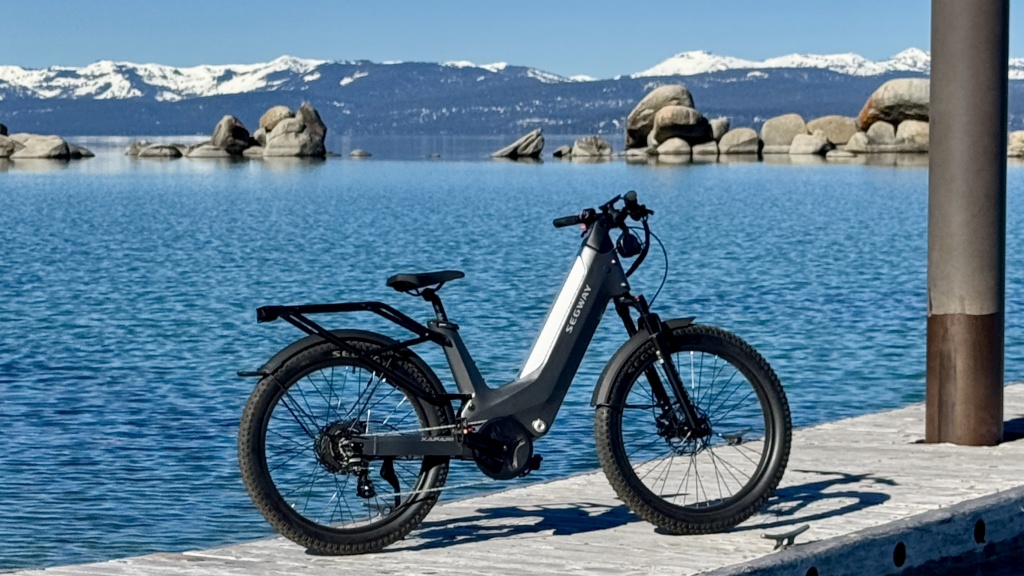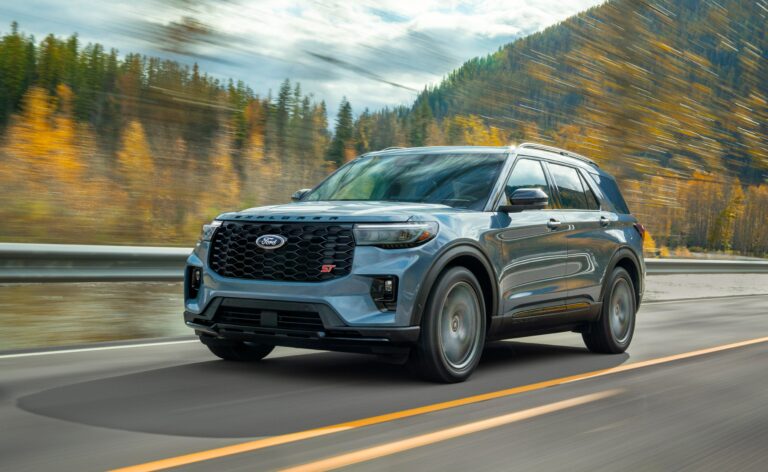Electric vs Gas Bikes: Which One Makes Sense in 2025?
As we move deeper into the age of sustainable technology, the debate between electric bikes (e-bikes) and gas-powered bikes continues to evolve. Once considered a niche market, e-bikes have now become a mainstream choice for commuters, adventure seekers, and eco-conscious riders alike. But with the latest advancements in both electric and traditional bike designs, which one truly makes sense in 2025?
Let’s explore the key differences, performance factors, and practical considerations to help you make an informed choice.
The Rise of Electric Bikes: Innovation Meets Sustainability
Over the past few years, electric bikes have gone from being experimental gadgets to powerful, everyday mobility tools. Thanks to advances in battery technology, motor efficiency, and smart connectivity, modern e-bikes deliver a seamless riding experience that rivals or even surpasses traditional gas bikes in some aspects.
Riders are drawn to electric bikes for their quiet operation, minimal maintenance, and environmentally friendly appeal. For urban commuters, e-bikes represent freedom from rising fuel prices, parking hassles, and daily traffic congestion.
According to recent industry data, global e-bike sales are projected to surpass 50 million units by 2025 — a sign that electric mobility is here to stay.
If you’re exploring high-quality, performance-driven models, Jacks E-Bikes offers an impressive range that blends style, comfort, and cutting-edge electric technology designed for today’s riders.
Gas Bikes Still Hold Their Ground
Despite the growth of electric mobility, gas-powered bikes remain a strong contender — especially for those who prioritize speed, range, and power. Traditional motorcycles and scooters have long been favored for long-distance travel, heavy-duty use, and their unmistakable mechanical thrill.
Gas bikes can easily cover hundreds of miles on a single tank, making them ideal for riders who value endurance and versatility. Additionally, refueling takes just a few minutes, whereas charging an e-bike battery still requires patience — even with fast-charging options.
However, the environmental cost of gas engines is becoming harder to ignore. Emissions regulations are tightening worldwide, and fuel prices continue to rise, prompting many riders to reconsider the long-term practicality of combustion engines.
Performance, Maintenance & Cost: The Real-World Comparison
When comparing electric vs gas bikes, it’s essential to look beyond just the purchase price. Let’s break down some key factors:
1. Performance & Power
- Electric bikes deliver instant torque and smooth acceleration, perfect for stop-and-go city riding.
- Gas bikes offer sustained high-speed performance and greater power output for highway cruising.
2. Maintenance
- Electric bikes have fewer moving parts, meaning less frequent servicing and lower long-term maintenance costs.
- Gas bikes require regular oil changes, air filter replacements, and engine tune-ups — all of which add up over time.
3. Running Costs
- Charging an e-bike costs just a fraction of what you’d spend on fuel each week.
- Even though gas bikes may have a lower upfront cost, electricity is significantly cheaper per mile.
4. Environmental Impact
- E-bikes produce zero tailpipe emissions, making them a clear winner in eco-friendliness.
- Gas bikes contribute to CO₂ emissions, air pollution, and noise — factors increasingly regulated in urban areas.
5. Convenience
- E-bikes can be charged at home or at public charging stations.
- Gas bikes rely on fuel stations, which may be less accessible during off-hours or remote travel.
The 2025 Landscape: Technology, Regulation & Rider Mindset
By 2025, the transportation landscape will be dominated by sustainability mandates, smart mobility infrastructure, and AI-assisted riding systems. Governments are offering incentives for electric mobility, and major cities are implementing low-emission zones that restrict gas-powered vehicles.
Manufacturers are also pushing innovation — from removable batteries to regenerative braking systems, and even IoT-enabled performance tracking. Electric bikes are no longer a compromise; they’re becoming a lifestyle upgrade.
Meanwhile, the appeal of traditional gas bikes is shifting toward enthusiasts and collectors — riders who crave the tactile feel, sound, and nostalgia of a combustion engine.
The real question isn’t just about performance anymore; it’s about future readiness. Choosing electric today means aligning with a world that’s moving toward cleaner, smarter, and more efficient mobility.
So, Which Bike Makes Sense in 2025?
The answer depends on your lifestyle, location, and priorities:
- Choose an Electric Bike if you value sustainability, lower costs, and cutting-edge technology for urban or mid-range commuting.
- Choose a Gas Bike if you prioritize long-range performance, speed, and the thrill of traditional riding.
However, as innovation accelerates and electric infrastructure expands, e-bikes are rapidly closing the gap. For most riders in 2025, electric bikes offer the best balance between convenience, performance, and environmental responsibility.
Final Thoughts
The shift from gas to electric isn’t just a trend — it’s a transformation in how we think about mobility. With cities becoming smarter, fuel costs rising, and sustainability shaping consumer choices, electric bikes are poised to define the next decade of two-wheeled travel.
Keep an eye for more latest news & updates on Ucatruco!






